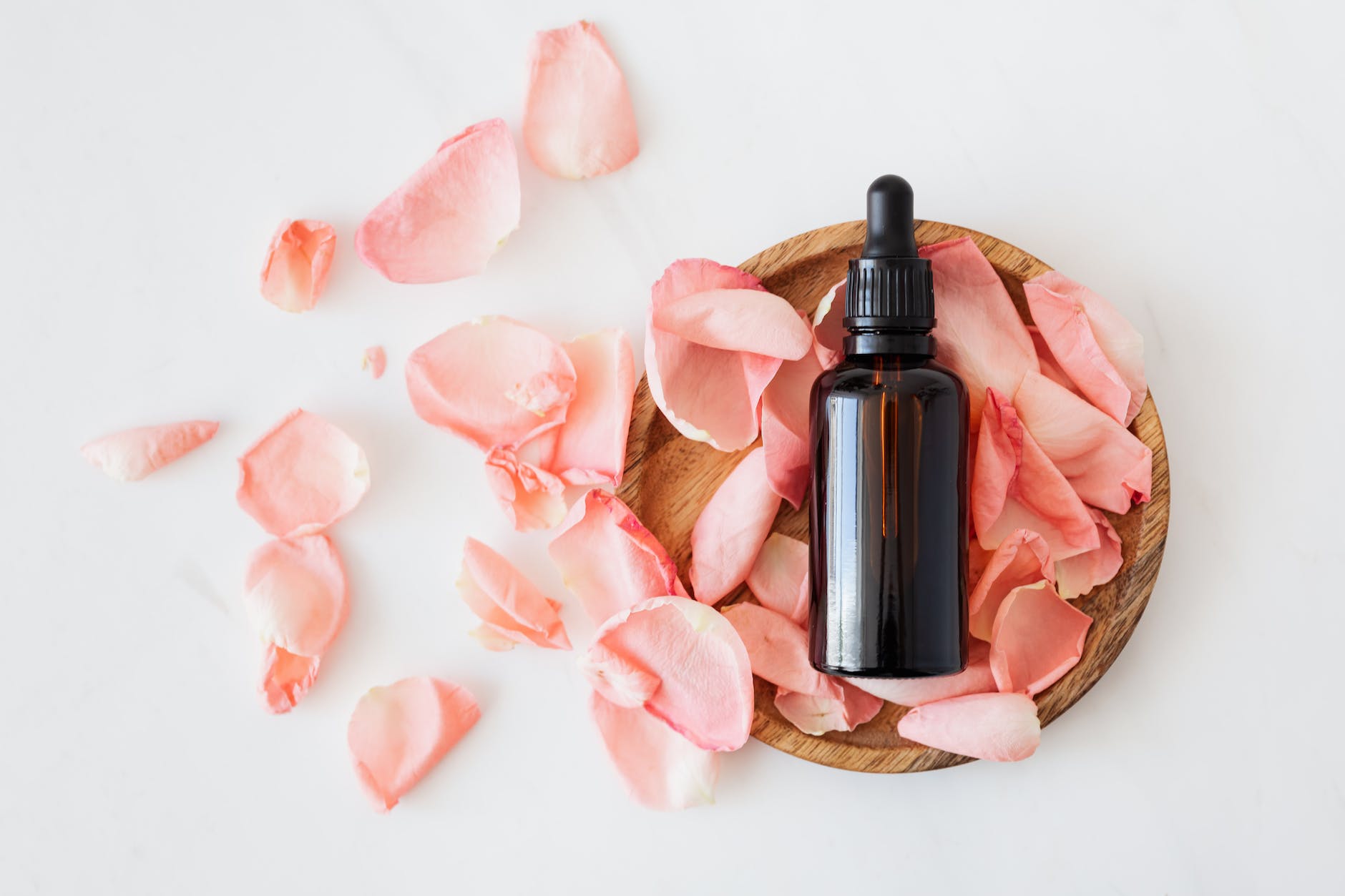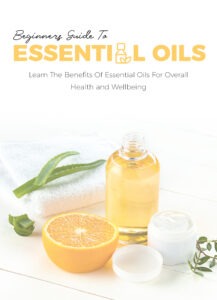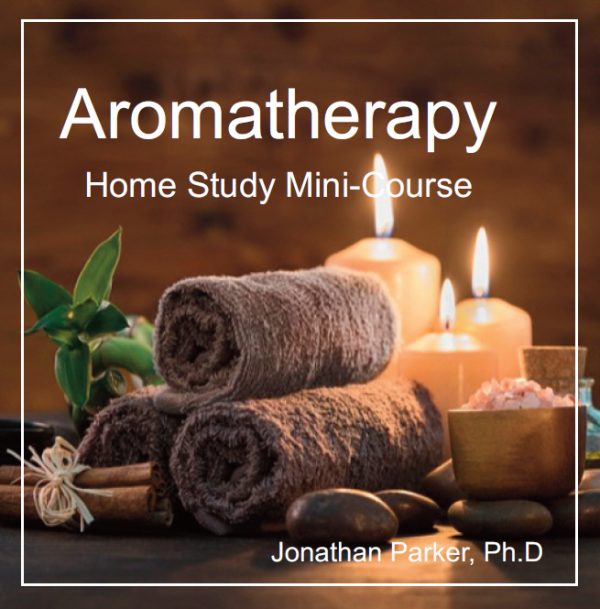Key Ways To Use Essential Oils For Health

Before diving in, please note: This post is for informational purposes only. If you’d like to know more about how we approach topics, feel free to check out our friendly Disclaimer Page.
Hey there, amazing readers! 🖐️ Just a quick note: yes, we know there are a lot of ads here. Trust us, we get it—it’s not the prettiest look, but they help us keep this blog alive and kicking. Those pesky little ads cover the costs of all the behind-the-scenes magic, from hosting and tech stuff to creating content we hope you’ll love.
We’re committed to delivering quality posts, and your support (even just sticking around despite the ads) means everything to us. So, bear with us, and thanks for helping us keep the good vibes rolling. Now, on to the fun stuff! 😉
TRANSLATE BUTTON AT THE END OF THE ARTICLE
The definition of an essential oil is “a concentrated hydrophobic liquid containing volatile (defined as “the tendency of a substance to vaporize”) aroma compounds from plants.”
Essential oils are also known as volatile oils, ethereal oils, aetherolea, or simply as the oil of the plant from which they are derived.
The therapeutic value of essential oils varies greatly depending on an equally varying number of determinate factors, such as the quality of the method of extraction (which is usually done by a steam extraction method), the timing during which the plant being utilized was grown and harvested, and naturally, the medicinal power that is inherent to the plant itself.
Typically, 100% pure essential oils are the ones that hold therapeutic value for a variety of health benefits.
There are numerous methods via which essential oils can be employed in any health benefiting regimen, and the following are 5 of those methods (although there exist more options concerning this, these are the five that tend to be the most “user friendly.”
Direct Inhalation
This method can be achieved in a variety of ways, the most obvious being to simply inhale the vapors from the bottle directly.
You can also soak a cotton ball with the oil and leave it in your purse to inhale all day.
This can be particularly helpful to pregnant women or any other person experiencing nausea when they inhale a cotton ball soaked with peppermint oil or other anti-emetic essential oil.
Another method is steam inhalation, which involves placing a few drops of oil in a bowl of steaming water, placing a towel over your head and breathing in the vapors that way.
Diffusing Through The Air Via Natural Evaporation
This method is probably the most used of all of the ways in which essential oils can be employed and involves no electric sockets or other electronic devices.
This method can be achieved simply by placing 10–15 drops of the chosen oil in a bowl of hot water that has been salted with either Epsom salts or sea salt, which helps with the diffusion process throughout the night.
Other ways of achieving this method are through the commercially made and produced terra cotta bowls that are designed specifically for diffusing essential oils, or by soaking a cotton ball in the oil of your choice and placing it by your bed overnight (this is probably better for the very pungent or overpowering oils, but is not quite as effective as the other natural diffusion methods listed above).
Direct Skin Contact
Diluting any chosen oil with a carrier oil, such as Jojoba, Olive, or Almond oil, allows you to apply it directly to the skin without the risk of burns.
This method is ideal for massage, or dabbing the blend onto your wrist, neck, or other parts of the body.
Diluting with a carrier oil is important as some oils, such as peppermint, wintergreen, lavender, and others, can cause burns if applied directly to the skin.
Indirect Or Diluted Skin Contact
This method is a great option if there are oils that would do best by direct contact but are too powerful when they are not diluted somehow.
Placing several drops of any oil in a hot (preferably salted with Epsom salts) bath or into your shower basin provides for an aromatic and healing experience.
Diluting an oil in distilled water in a spray bottle and then spraying on linens, clothes, etc. are both fantastic ways to “gently” receive the beneficial properties of the more potent oils.
Diffusion Via Electronic Devices
We certainly live in a modern world, and there are a number of commercially made devices that deliver oil through electric diffusers that work in your home, office, or car, and there are even diffusers that work via USB ports (that are reported to be quite user friendly and effective).
The Most Popular and Widely Used Essential Oils
The power of essential oils and the benefits of aromatherapy have garnered a lot of attention from naturopaths and skeptics alike over the past decade or so, and that interest has prompted numerous studies to be done on which oils have the most beneficial properties and for what conditions do certain oils seem to have the most desired effect.
The following is a list of the ten most commonly used essential oils and of what conditions these special oils have healing properties against.
Bear in mind, however, that this list is a compilation of merely a few of the essential oils that are available, and that there are many, many more plants whose oils are beneficial to your health and wellness.
Lavender
The scientific name for this pretty purple plant is Lavandula, and it grows easily in most parts of the world.
It is used liberally in the perfume industry because of its pleasant fragrance, but its therapeutic properties are those of calming, destressing, relieving anxiety, and combatting insomnia.
Clary Sage
Also known as Salvia Sclarea, the oil from this flower is reputed to have analgesic properties, specifically in terms of female pain such as menstrual cramps or labor pains.
Peppermint
Although the oil from the plant Mentha x Piperita can be somewhat caustic in its super concentrated form, this oil will work wonders as an anti-emetic when saturated into a cotton ball that can then be inhaled.
A few drops of this oil in a hot bath will also soothe sore muscles.
Peppermint is also a powerful insect repellant, and if lined around kitchen surfaces, will create a boundary over which no ant dares cross.
Tea Tree
The oil from the plant Melaleuca Alternifolia is renowned for its antiseptic properties as it has been found to effective as an antifungal, antiviral, and antimicrobial agent.
It can also be added to any shampoo to relieve dry scalp and dandruff.
Rosemary
Not only is the plant Rosmarinus Officinalis wonderfully versatile in culinary applications, but it also yields an essential oil that is fantastic for dry, itchy scalp and dandruff, but it has also been used effectively as a bronchodilator and an expectorant for congested lungs.
Discover "Beginner's Guide to Essential Oils" 🌿🌺
Lemongrass
Like Rosemary, the plant Cymbopogon Citratus also has many uses in the culinary arts.
However, its essential oil is highly effective as a sanitary agent and can be used as an antiseptic.
It is also a powerful insect repellant.
Lemon
The oil from the fruit Citrus x Lemon is generally considered to be “uplifting” in that it has rejuvenating, energy inducing, and immune supporting properties.
It is also highly effective as a non-toxic alternative for household cleaners.
Rose
While obviously famed for its aesthetic beauty, the plant Rosa Damascena is considered by many to be the “Queen of Essential Oils” and is widely used for its anxiolytic, rejuvenating, stress relieving and even pain relief properties.
The essential oil derived from roses has also been proven as an effective anti-inflammatory agent and can be helpful for joint pain and other arthritic conditions.
Ylang Ylang
The plant Cananga Odorata primarily grows in Asian countries and is popular as an aphrodisiac and for its uplifting and anti-depressant properties.
Roman Chamomile
We’ve all heard that drinking chamomile tea in the evening can help alleviate insomnia and restlessness, and the oil from the plant Chamamelum Nobile can be utilized for its sedative properties.
As well, it has been found to be enormously effective in alleviating PMS symptoms and other discomforts associated with menstruation.
Chamomile, in any of its forms, is incredibly soothing and calming.

The Enlightenment Journey is a remarkable collection of writings authored by a distinguished group of experts in the fields of spirituality, new age, and esoteric knowledge.
This anthology features a diverse assembly of well-experienced authors who bring their profound insights and credible perspectives to the forefront.
Each contributor possesses a wealth of knowledge and wisdom, making them authorities in their respective domains.
Together, they offer readers a transformative journey into the realms of spiritual growth, self-discovery, and esoteric enlightenment.
The Enlightenment Journey is a testament to the collective expertise of these luminaries, providing readers with a rich tapestry of ideas and information to illuminate their spiritual path.
Our Diverse Expertise 🌟
While our primary focus is on spirituality and esotericism, we are equally passionate about exploring a wide range of other topics and niches 🌍📚. Our experienced team is dedicated to delivering high-quality, informative content across various subjects ✨.
To ensure we provide the most accurate and valuable insights, we collaborate with trusted experts in their respective domains 🧑🏫👩🏫. This allows us to offer well-rounded perspectives and knowledge to our readers.
Our blog originally focused on spirituality and metaphysics, but we’ve since expanded to cover a wide range of niches. Don’t worry—we continue to publish a lot of articles on spirituality! Frequently visit our blog to explore our diverse content and stay tuned for more insightful reads.
Beginner's Guide to Essential Oils 🌺
Dive into the world of essential oils with this easy-to-follow guide! Perfect for anyone starting their journey, this e-book reveals how to use essential oils safely and effectively to enhance your well-being.
Inside, you'll learn:
- The top essential oils for relaxation, focus, and energy.
- Simple DIY recipes for blends, diffusers, and skincare.
- Tips on choosing high-quality oils and proper usage.
Discover the natural way to elevate your mind, body, and home. 🌿 Start your essential oil journey today!







